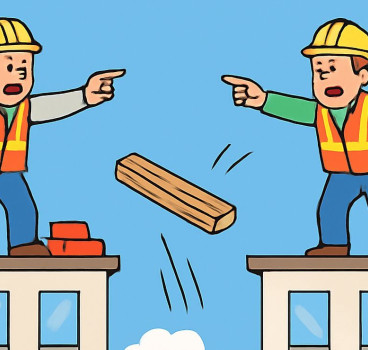How this furniture factory could have been saved from fire
An early morning blaze at an industrial estate in Blackburn destroyed the production facilities of a local furniture upholsterer. The devastating fire swept through the unsprinklered upholstery unit, sending plumes of orange smoke across the town, with the business and several others now counting the cost of the damage and dealing with the disruption to their livelihoods, writes Iain Cox, Chair of Business Sprinkler Alliance.
Lancashire Fire and Rescue Service was called to the fire in the early hours of February 17th when it broke out at NW Upholstery on Lower Hollin Bank Street. On arrival, the fire was well established and had spread to several neighbouring businesses in an adjacent industrial unit. The blaze required 50 firefighters, 8 appliances and specialist equipment including aerial ladder platforms. It took over 9 hours before fire crews could bring the fire under control.
Although no injuries were reported, considerable resources were used by the fire and rescue service to control the fire. The impact on the local community and environment was significant with local road closures, residents forced to keep their windows and doors closed due to harmful smoke and a number of measures employed to minimise the impact of pollution to the local environment.
The disposal of the destroyed more than 2500m2 building will cause an adverse environmental impact, while the materials and resources required to repair and rebuild it will incur significant financial costs.
The fire service worked hard to protect surrounding properties yet the intervention of 50 firefighters could not stop the fire in a building of this size. Industrial fires impact far larger premises with similar results and with potentially larger impacts.
The fire at the upholstery unit in Blackburn is in stark contrast to a similar fire two years earlier at the Sofa Traders Warehouse in Sheffield. The outcome was completely different as the fire was suppressed and extinguished by an automatic sprinkler system, preventing any further damage and allowing the business to be operational the following day.
That fire broke out in the loading area of the premises on Richmond Park Road on February 10th 2022 with five fire crews from the South Yorkshire Fire and Rescue Service attending the fire. The sprinkler system contained what could have been a potentially major fire and ensured it was only a minor inconvenience.
The South Yorkshire Fire and Rescue Service said at the time: “The fire started behind some roller shutter doors in a loading area behind the shop, but because the premises had sprinklers fitted the fire was contained. Therefore, what could have been a very big fire was in fact over quite quickly.”
While containing and extinguishing fires without loss of life is crucial, comparing these two events highlights the stark differences in potential outcomes. The fire in Blackburn needed huge resources and continues to have far-reaching effects. The fire in Sheffield used far less resources and had limited impact on the local community. By reducing fire spread, we not only protect lives, we protect property, businesses and jobs. A properly controlled fire can be the difference between a building requiring minor repair or costly demolition and reconstruction.
For more information about the BSA visit the www.business-sprinkler-alliance.org
Additional Blogs

Construction’s obsession with blame instead of learning
Construction is one of the most technically advanced industries in the built environment, yet culturally it often behaves like one of the least reflective. When things go wrong and they frequently...
Read moreHow risk Is routinely pushed down the supply chain
Risk is an unavoidable part of construction. Every project involves uncertainty around ground conditions, weather, design coordination, procurement, labour and programme. Yet while risk is inherent,...
Read more

What if Building Control went fully digital?
Building control governs structural integrity, fire protection, energy efficiency, accessibility and countless other aspects of design and construction. Historically, this process has been highly...
Read more